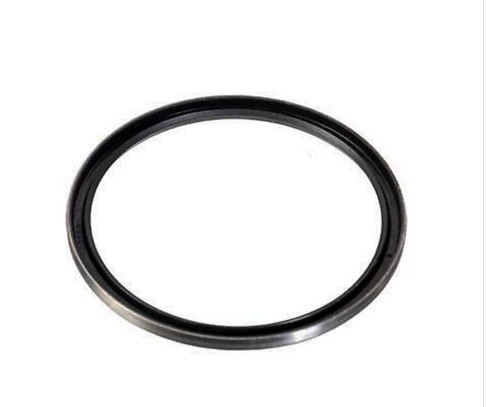Rear axle pinion seal maintenance and replacement guide for optimal vehicle performance
Understanding the Rear Axle Pinion Seal Importance, Function, and Maintenance
The rear axle pinion seal may not be the most glamorous component of a vehicle, but its significance cannot be overstated. As a crucial part of the vehicle's drivetrain, the pinion seal plays an essential role in ensuring smooth operation and longevity of the differential system. In this article, we will explore what a rear axle pinion seal is, its functions, signs of wear, and maintenance tips to help you keep your vehicle running smoothly.
What is a Rear Axle Pinion Seal?
The rear axle pinion seal is a rubber or silicone circle that fits into the rear axle housing at the rear where the pinion gear protrudes. The pinion gear is responsible for transferring power from the driveshaft to the rear wheels. The seal serves as a barrier preventing differential fluid from leaking out while keeping dirt, water, and debris from entering the differential assembly.
Functions of the Pinion Seal
1. Fluid Retention The primary function of the pinion seal is to retain differential fluid within the housing. This fluid lubricates the gears, ensuring they operate smoothly and efficiently.
2. Protection The seal protects the internal components of the differential from contaminants. Any dirt, water, or debris that enters can lead to premature wear and tear, causing costly repairs.
3. Performance Optimization By keeping the differential lubricated and clean, the pinion seal helps to maintain optimal performance levels of the vehicle. A well-functioning differential is essential for effective power distribution in rear-wheel-drive and four-wheel-drive vehicles.
Signs of Wear and Potential Failure
The rear axle pinion seal is subject to wear over time, especially in off-road conditions or under heavy loads. Here are some telltale signs that your pinion seal may need attention
1. Fluid Leaks One of the most obvious signs of a failing pinion seal is the presence of differential fluid leaking. If you notice oil spots in your driveway or under your vehicle, it’s time to inspect the seal.
rear axle pinion seal

2. Noise from the Differential Unusual sounds, such as whining or grinding noises coming from the differential, can indicate that the lubricant is low due to a leaking seal. Insufficient lubrication can lead to severe damage if not addressed promptly.
3. Vibration Issues If the pinion seal is compromised, it can lead to misalignment of the pinion gear. This misalignment can cause excessive vibrations while driving, signaling a need for immediate inspection.
Maintenance Tips
Maintaining the rear axle pinion seal is crucial for the overall health of your vehicle. Here are some tips to help prolong its lifespan
1. Regular Inspections Schedule regular inspections of the differential system. Look for any signs of wear, leaks, or unusual noises.
2. Fluid Changes Adhering to a schedule for changing the differential fluid can help keep the internal components clean and well-lubricated. Check your owner’s manual for recommended intervals.
3. Driving Habits Be mindful of your driving style. Avoid aggressive acceleration or sudden stops, which can put extra strain on the drivetrain and subsequently on the pinion seal.
4. Prompt Repairs If you notice any signs of wear or leakage, address them immediately. Delaying repair can lead to larger issues and significantly higher repair costs.
Conclusion
The rear axle pinion seal may be a small component, but it plays a vital role in the efficient functioning of your vehicle's drivetrain. Recognizing the signs of wear and being proactive about maintenance can help you avoid costly repairs and ensure your vehicle remains in good working condition. By understanding its importance and taking necessary care, you can keep your vehicle running smoothly for years to come.
-
Your Essential Guide to Car Repair Kits: From Rust to Dings
News Jun.13,2025
-
Understanding Vital Engine Seals: Key Gaskets in Diesel and Performance Engines
News Jun.13,2025
-
The Vital Role of Bearings in Marine and Boating Applications
News Jun.13,2025
-
Sealing the System: A Complete Guide to Engine Oil Gaskets
News Jun.13,2025
-
Sealing the Foundation: A Complete Guide to Engine and Transmission Pan Gaskets
News Jun.13,2025
-
Essential Bearings and Hubs for Marine Vessels and Trailers
News Jun.13,2025
-
Your Complete Guide to Automotive Oil Drain Plugs and Valves
News Jun.12,2025
Products categories















